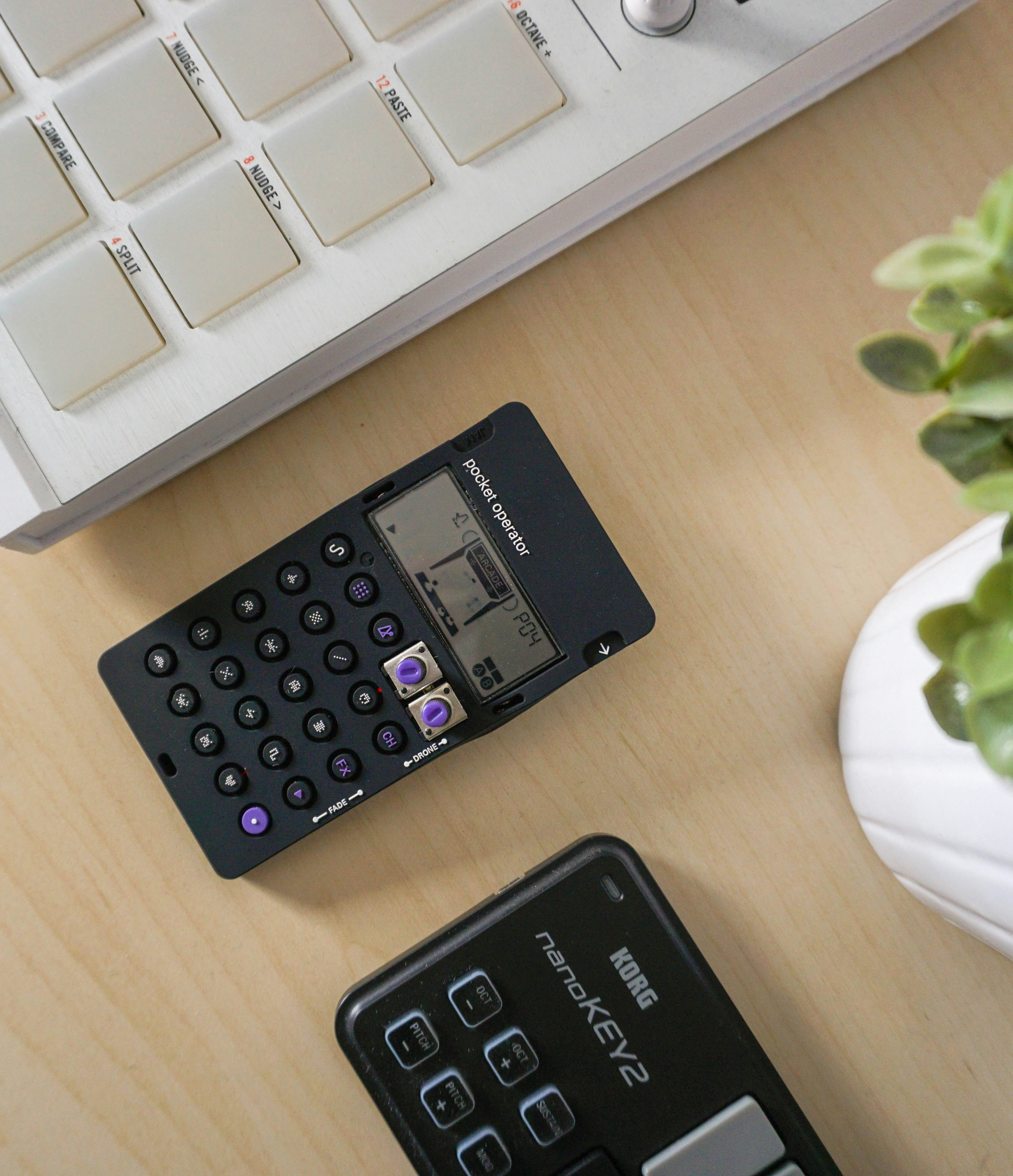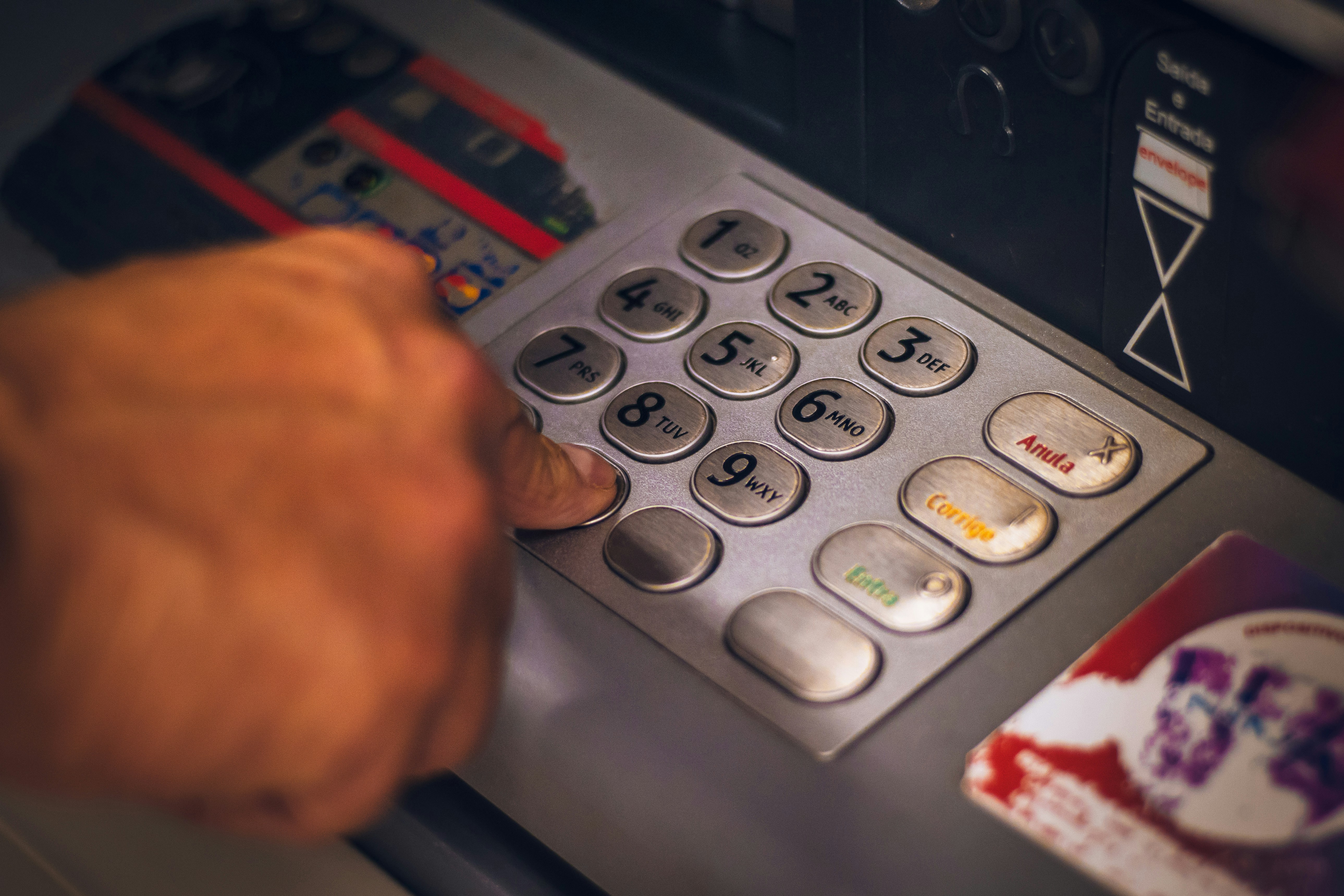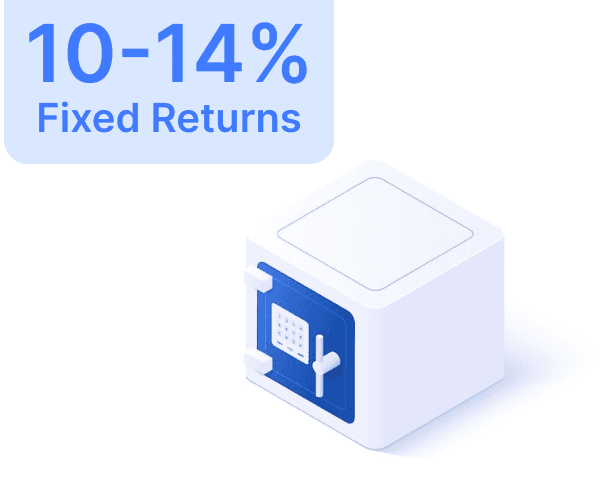HDFC Mutual Fund: Investment Guide, Schemes, & Benefits



Mutual Funds: All You Need to Know
Mutual funds are an investment vehicle that pools money from various investors and invests it in a diversified portfolio of stocks, bonds, or other assets. This allows individual investors to access a professionally managed portfolio that would be difficult to achieve on their own. Mutual funds are a popular choice for investors looking for long-term growth, diversification, and professional management.
There are different types of mutual funds available, including equity funds, debt funds, and hybrid funds. Equity funds invest primarily in stocks, offering potential for high returns but also higher risk. Debt funds invest in fixed-income securities like bonds, providing lower returns but lower risk. Hybrid funds combine both equity and debt investments, aiming for a balanced approach.
HDFC Mutual Fund: Overview
HDFC Mutual Fund, established in 1999, is one of India's largest mutual fund houses. It has over INR 6,17,678 Crs in assets under management (AUM) and offers a wide range of mutual fund schemes. The fund house has a strong position in equity investments and holds an institutional customer base of 9.9 million live accounts as of March 2022.
HDFC Mutual Fund offers approximately 89 primary schemes, including 24 debt funds, 50 equity-oriented funds, 11 hybrid schemes, and 3 others like ETFs, Gold, FoFs, etc. Some of the top schemes of HDFC Mutual Fund include HDFC Balanced Advantage Fund, HDFC Mid-Cap Opportunities Fund, and HDFC Liquid Fund.
HDFC Mutual Fund focuses on delivering consistent performance, stability, and business understanding. The investment team consists of 29 highly competent members with a track record of excellence. The fund house has a network of customers and investment partners across 200 cities.
How to Invest in HDFC Mutual Fund
There are several ways to invest in HDFC Mutual Fund. You can invest directly through the HDFC Mutual Fund's website or through a distributor. Another convenient option is to invest through the ET Money platform, which allows you to invest in schemes from different AMCs, including HDFC Mutual Fund, all in one place. The platform offers a lower expense ratio and provides valuable information to help you make informed investment decisions.
Documents Required for Investing
To invest in HDFC Mutual Fund, you will need to complete the KYC (Know Your Customer) process. This requires providing proof of identity (e.g., PAN Card, Voter ID, Aadhaar Card) and proof of address (e.g., Utility Bills, Bank account statement). ET Money offers a paperless and fast solution for completing the KYC process, making investing simple and hassle-free.
Safety of HDFC Mutual Fund Schemes
Mutual fund investments come with a certain level of risk, and the safety of capital cannot be guaranteed. However, HDFC Mutual Fund is a well-established AMC with a strong track record. Investors can evaluate the performance and history of HDFC Mutual Fund schemes and choose schemes that align with their risk appetite and investment goals.
Taxation of HDFC Mutual Fund Schemes
The taxation of mutual fund investments depends on the type of fund and the duration of the investment. Short-term capital gains are taxed at the investor's income tax slab rate, while long-term capital gains are taxed at 20% with indexation for debt-oriented funds and 10% for equity-oriented funds (for amounts exceeding INR 1 lakh).
Getting HDFC Mutual Fund Statements
You can obtain statements of your HDFC Mutual Fund investments by visiting the HDFC Mutual Fund's website or by requesting a consolidated statement through CAMS Online or Kfintech. Alternatively, you can track and manage your investments on the ET Money platform, which provides a customized dashboard for easy access to your portfolio.
Increasing SIP Amount in HDFC Mutual Fund
To increase the SIP amount in HDFC Mutual Fund, you can either choose the top-up SIP option when starting your investments or start a new SIP in the same fund with a higher investment amount. The top-up SIP option allows for automatic increases in the SIP amount at regular intervals.
Conclusion
HDFC Mutual Fund offers a wide range of mutual fund schemes, catering to different investment objectives and risk profiles. Investors can benefit from professional management, diversification, and the convenience of investing through platforms like ET Money. It is important to carefully evaluate the performance and risks associated with each scheme and consult with a financial advisor if needed. Investing in mutual funds involves market risk, and investors should consider their risk tolerance and investment goals before making any investment decisions.
Mutual Funds: All You Need to Know
Mutual funds are an investment vehicle that pools money from various investors and invests it in a diversified portfolio of stocks, bonds, or other assets. This allows individual investors to access a professionally managed portfolio that would be difficult to achieve on their own. Mutual funds are a popular choice for investors looking for long-term growth, diversification, and professional management.
There are different types of mutual funds available, including equity funds, debt funds, and hybrid funds. Equity funds invest primarily in stocks, offering potential for high returns but also higher risk. Debt funds invest in fixed-income securities like bonds, providing lower returns but lower risk. Hybrid funds combine both equity and debt investments, aiming for a balanced approach.
HDFC Mutual Fund: Overview
HDFC Mutual Fund, established in 1999, is one of India's largest mutual fund houses. It has over INR 6,17,678 Crs in assets under management (AUM) and offers a wide range of mutual fund schemes. The fund house has a strong position in equity investments and holds an institutional customer base of 9.9 million live accounts as of March 2022.
HDFC Mutual Fund offers approximately 89 primary schemes, including 24 debt funds, 50 equity-oriented funds, 11 hybrid schemes, and 3 others like ETFs, Gold, FoFs, etc. Some of the top schemes of HDFC Mutual Fund include HDFC Balanced Advantage Fund, HDFC Mid-Cap Opportunities Fund, and HDFC Liquid Fund.
HDFC Mutual Fund focuses on delivering consistent performance, stability, and business understanding. The investment team consists of 29 highly competent members with a track record of excellence. The fund house has a network of customers and investment partners across 200 cities.
How to Invest in HDFC Mutual Fund
There are several ways to invest in HDFC Mutual Fund. You can invest directly through the HDFC Mutual Fund's website or through a distributor. Another convenient option is to invest through the ET Money platform, which allows you to invest in schemes from different AMCs, including HDFC Mutual Fund, all in one place. The platform offers a lower expense ratio and provides valuable information to help you make informed investment decisions.
Documents Required for Investing
To invest in HDFC Mutual Fund, you will need to complete the KYC (Know Your Customer) process. This requires providing proof of identity (e.g., PAN Card, Voter ID, Aadhaar Card) and proof of address (e.g., Utility Bills, Bank account statement). ET Money offers a paperless and fast solution for completing the KYC process, making investing simple and hassle-free.
Safety of HDFC Mutual Fund Schemes
Mutual fund investments come with a certain level of risk, and the safety of capital cannot be guaranteed. However, HDFC Mutual Fund is a well-established AMC with a strong track record. Investors can evaluate the performance and history of HDFC Mutual Fund schemes and choose schemes that align with their risk appetite and investment goals.
Taxation of HDFC Mutual Fund Schemes
The taxation of mutual fund investments depends on the type of fund and the duration of the investment. Short-term capital gains are taxed at the investor's income tax slab rate, while long-term capital gains are taxed at 20% with indexation for debt-oriented funds and 10% for equity-oriented funds (for amounts exceeding INR 1 lakh).
Getting HDFC Mutual Fund Statements
You can obtain statements of your HDFC Mutual Fund investments by visiting the HDFC Mutual Fund's website or by requesting a consolidated statement through CAMS Online or Kfintech. Alternatively, you can track and manage your investments on the ET Money platform, which provides a customized dashboard for easy access to your portfolio.
Increasing SIP Amount in HDFC Mutual Fund
To increase the SIP amount in HDFC Mutual Fund, you can either choose the top-up SIP option when starting your investments or start a new SIP in the same fund with a higher investment amount. The top-up SIP option allows for automatic increases in the SIP amount at regular intervals.
Conclusion
HDFC Mutual Fund offers a wide range of mutual fund schemes, catering to different investment objectives and risk profiles. Investors can benefit from professional management, diversification, and the convenience of investing through platforms like ET Money. It is important to carefully evaluate the performance and risks associated with each scheme and consult with a financial advisor if needed. Investing in mutual funds involves market risk, and investors should consider their risk tolerance and investment goals before making any investment decisions.
Mutual Funds: All You Need to Know
Mutual funds are an investment vehicle that pools money from various investors and invests it in a diversified portfolio of stocks, bonds, or other assets. This allows individual investors to access a professionally managed portfolio that would be difficult to achieve on their own. Mutual funds are a popular choice for investors looking for long-term growth, diversification, and professional management.
There are different types of mutual funds available, including equity funds, debt funds, and hybrid funds. Equity funds invest primarily in stocks, offering potential for high returns but also higher risk. Debt funds invest in fixed-income securities like bonds, providing lower returns but lower risk. Hybrid funds combine both equity and debt investments, aiming for a balanced approach.
HDFC Mutual Fund: Overview
HDFC Mutual Fund, established in 1999, is one of India's largest mutual fund houses. It has over INR 6,17,678 Crs in assets under management (AUM) and offers a wide range of mutual fund schemes. The fund house has a strong position in equity investments and holds an institutional customer base of 9.9 million live accounts as of March 2022.
HDFC Mutual Fund offers approximately 89 primary schemes, including 24 debt funds, 50 equity-oriented funds, 11 hybrid schemes, and 3 others like ETFs, Gold, FoFs, etc. Some of the top schemes of HDFC Mutual Fund include HDFC Balanced Advantage Fund, HDFC Mid-Cap Opportunities Fund, and HDFC Liquid Fund.
HDFC Mutual Fund focuses on delivering consistent performance, stability, and business understanding. The investment team consists of 29 highly competent members with a track record of excellence. The fund house has a network of customers and investment partners across 200 cities.
How to Invest in HDFC Mutual Fund
There are several ways to invest in HDFC Mutual Fund. You can invest directly through the HDFC Mutual Fund's website or through a distributor. Another convenient option is to invest through the ET Money platform, which allows you to invest in schemes from different AMCs, including HDFC Mutual Fund, all in one place. The platform offers a lower expense ratio and provides valuable information to help you make informed investment decisions.
Documents Required for Investing
To invest in HDFC Mutual Fund, you will need to complete the KYC (Know Your Customer) process. This requires providing proof of identity (e.g., PAN Card, Voter ID, Aadhaar Card) and proof of address (e.g., Utility Bills, Bank account statement). ET Money offers a paperless and fast solution for completing the KYC process, making investing simple and hassle-free.
Safety of HDFC Mutual Fund Schemes
Mutual fund investments come with a certain level of risk, and the safety of capital cannot be guaranteed. However, HDFC Mutual Fund is a well-established AMC with a strong track record. Investors can evaluate the performance and history of HDFC Mutual Fund schemes and choose schemes that align with their risk appetite and investment goals.
Taxation of HDFC Mutual Fund Schemes
The taxation of mutual fund investments depends on the type of fund and the duration of the investment. Short-term capital gains are taxed at the investor's income tax slab rate, while long-term capital gains are taxed at 20% with indexation for debt-oriented funds and 10% for equity-oriented funds (for amounts exceeding INR 1 lakh).
Getting HDFC Mutual Fund Statements
You can obtain statements of your HDFC Mutual Fund investments by visiting the HDFC Mutual Fund's website or by requesting a consolidated statement through CAMS Online or Kfintech. Alternatively, you can track and manage your investments on the ET Money platform, which provides a customized dashboard for easy access to your portfolio.
Increasing SIP Amount in HDFC Mutual Fund
To increase the SIP amount in HDFC Mutual Fund, you can either choose the top-up SIP option when starting your investments or start a new SIP in the same fund with a higher investment amount. The top-up SIP option allows for automatic increases in the SIP amount at regular intervals.
Conclusion
HDFC Mutual Fund offers a wide range of mutual fund schemes, catering to different investment objectives and risk profiles. Investors can benefit from professional management, diversification, and the convenience of investing through platforms like ET Money. It is important to carefully evaluate the performance and risks associated with each scheme and consult with a financial advisor if needed. Investing in mutual funds involves market risk, and investors should consider their risk tolerance and investment goals before making any investment decisions.
Author

Harish Malhi
Read More 📖


Axis Bank Credit Card Net Banking
Axis Bank Credit Card Net Banking
August 5, 2024
August 5, 2024




PNB Fixed Deposit (FD) Interest Rates
PNB Fixed Deposit (FD) Interest Rates
August 5, 2024
August 5, 2024




Linking Aadhaar to Your Punjab National Bank Account
Linking Aadhaar to Your Punjab National Bank Account
August 5, 2024
August 5, 2024




PNB SIP Calculator
PNB SIP Calculator
August 5, 2024
August 5, 2024




How to Close a PNB Account Online & Offline?
How to Close a PNB Account Online & Offline?
August 5, 2024
August 5, 2024




TDS Refund - How to Claim TDS Refund
TDS Refund - How to Claim TDS Refund
August 5, 2024
August 5, 2024


View More




